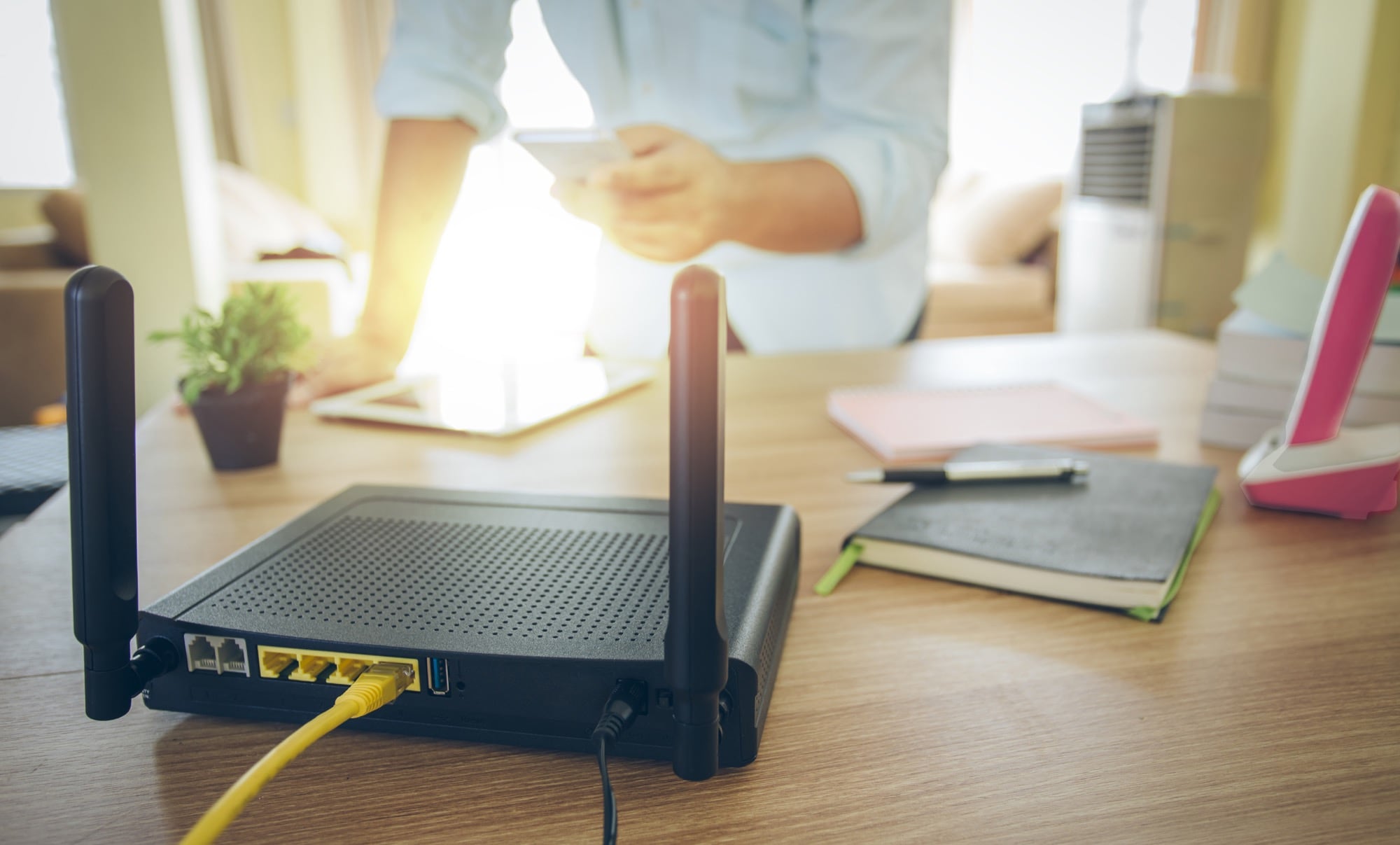Both Viasat and Hughesnet offer wireless routers for customers to rent. Starlink requires you to purchase the router along with all of its equipment. These routers are good fits for the service since they’ve been handpicked by the providers. You also get guaranteed tech support from the ISP in case you have any issues. For most users, the provided router should be plenty.
But these routers are pretty light on features compared to high-end consumer routers from companies like NETGEAR and ASUS. If you need a specific feature, like long-range or optimization for many devices, purchasing your router might be better.
Learn more about the best satellite internet routers and modems.
If you decide to buy a router, you’ve got some options. The router you choose should meet your needs without adding a lot of unnecessary features that crank up the cost.
It’s not always a good idea to spring for the most powerful router on the market, especially with a slower internet service like satellite. Here are some questions to consider when choosing a router:
- Are you a gamer? If you are doing a lot of gaming on your Wi-Fi network, a gaming router like the NETGEAR XR500 can add features to boost performance, like access to special networks that optimize your signal.
- How many devices are online at once? Routers with the MU-MIMO (multi-user, multiple input, multiple output) feature are better at handling a large number of devices.
- Can the router handle your connection speed? Check the router’s specs and make sure its speed is equal to or higher than your connection’s speed. Don’t go too much higher unless you plan to upgrade your service down the road—the router can only be as fast as your connection.
- How large is your home? Larger houses or offices may need a longer-range router or mesh network like Google Wi-Fi. You can also check out our guide on picking a good third-party router.
Whether you buy a third-party router or use your provider’s, setting up a satellite Wi-Fi network is simple and worth it. A good satellite Wi-Fi setup is out of this world.
Still need to order service? Get started by learning about and comparing the best satellite internet providers of 2024.
